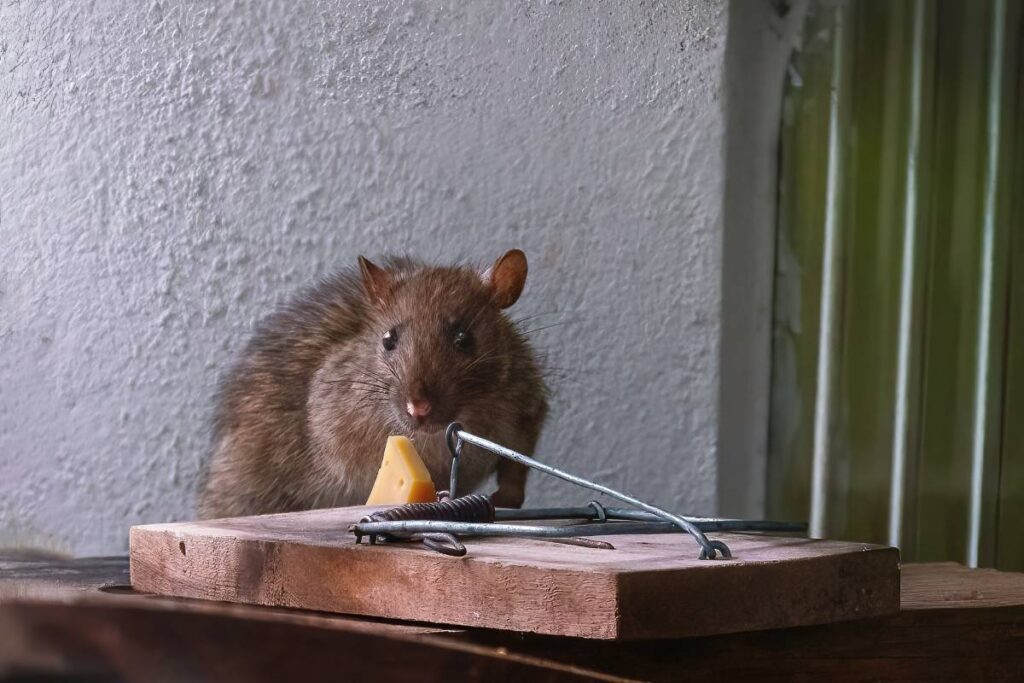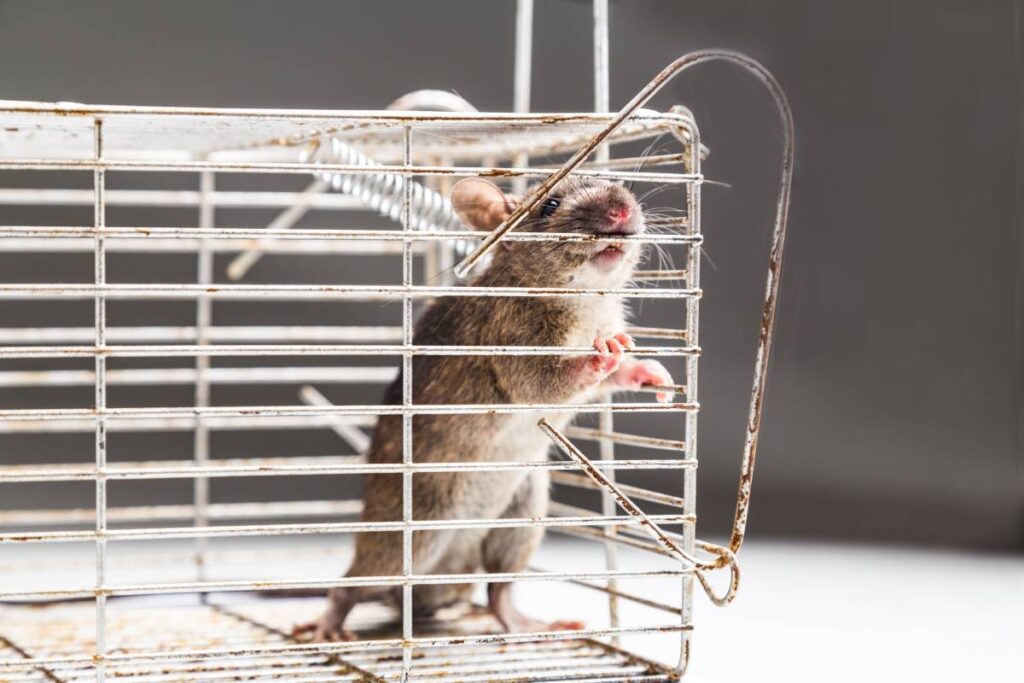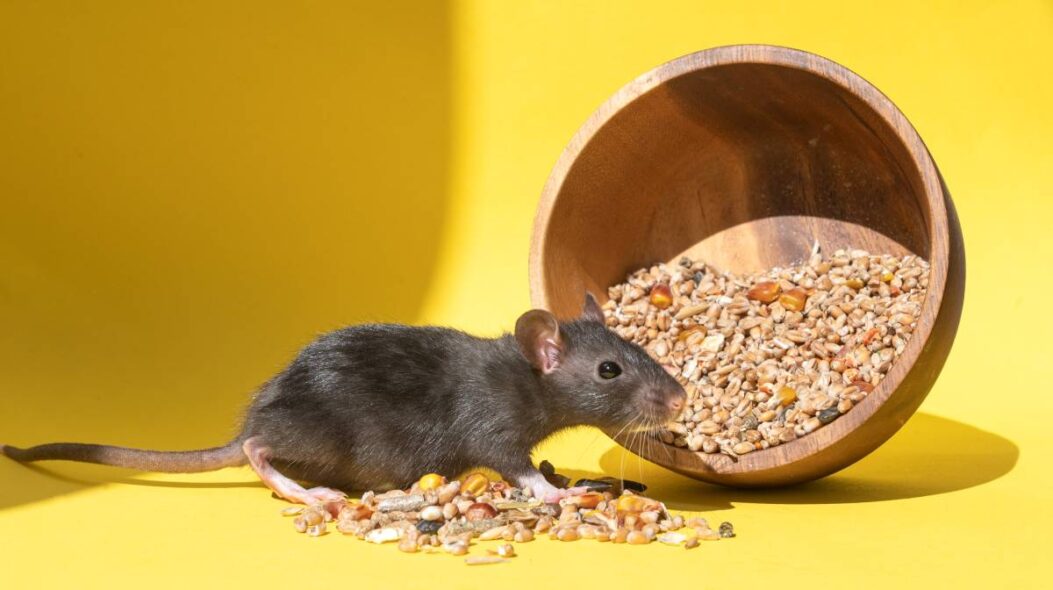Rats are a real headache in homes, farms, and businesses. Not only can they cause a lot of damage, but they also spread diseases and mess with food supplies. Since they breed so quickly, keeping their numbers in check is super important for a safe and healthy environment.
One good way to deal with rat problems is using traps, and the key to making those traps work is the bait you pick. Choosing the best rat bait for traps can really boost your chances of catching these pesky critters.
In this guide, we’ll look at different types of effective rat baits and what works best for various situations. We’ll also give you some handy tips on how to use the baits effectively.
Plus, we’ll share some strategies to make your trapping efforts even more successful, like how to set the traps right and where to put them for the best results. With the right info and tools, you can keep rat populations under control and protect your space from the trouble they bring.
Understanding Rat Behavior
Before selecting the best rat bait for traps, it’s crucial to gain a solid understanding of rat behaviour. Rats are not only highly intelligent creatures but also exhibit cautious tendencies. They depend heavily on their exceptional sense of smell to locate food sources, making them particularly discerning when it comes to unfamiliar objects, including traps. There are two main types of rats that you’re likely to encounter:
Norway Rats (Brown Rats)
These rats are primarily ground dwellers and tend to inhabit basements, sewers, and lower levels of buildings. They have a preference for protein-rich foods, such as meat and pet food, which tend to attract them more effectively.
Roof Rats (Black Rats)
Unlike Norway rats, roof rats are climbers and are often found in attics or upper stories of buildings. They usually prefer fruits and vegetables, which are easier for them to access in trees or gardens.
By understanding the specific type of rat you are dealing with, you can select the most appealing bait for your traps. For instance, using a bait that aligns with their dietary preferences can significantly increase your chances of successfully capturing them.
Additionally, placing the bait strategically in locations where rats are likely to travel can further enhance its effectiveness. Ultimately, a well-informed approach will lead to better results in managing a rat problem.

The Best Rat Bait For Traps
Choosing the best rat bait for traps is crucial for achieving effective pest control. A good bait not only attracts rats but also ensures they interact with the trap, improving your chances of success. Rats are naturally cautious creatures, so selecting an irresistible bait can make all the difference.
Below, we’ve compiled a list of the most effective baits, starting with a popular favourite.
1. Peanut Butter
Peanut butter is a classic choice for rat traps. Its strong aroma attracts rats, and its sticky texture makes it difficult for them to remove without triggering the trap. Peanut butter works well for both Norway and Roof rats.
2. Cheese
While cheese is often depicted as a rat’s favourite food in cartoons, it’s not always the most effective bait. However, strong-smelling cheeses like cheddar can attract rats, especially if other food sources are scarce.
3. Meat
Protein-rich foods such as bacon, sausage, or lunch meat are particularly appealing to Norway rats. These items emit a strong smell that can lure rats from a distance.
4. Fruits
Fruits like apples, bananas, and berries are excellent choices for Roof rats. Their natural sweetness and strong scent are highly enticing. To enhance their effectiveness, try slightly overripe or bruised fruits.
5. Nuts and Seeds
Nuts, sunflower seeds, and other seeds are attractive to both types of rats. Using shelled nuts or crushed seeds can help release their aroma, making them even more effective.
6. Pet Food
Dry cat or dog food is another effective bait option. Rats are often drawn to the smell of pet food, especially if they’ve already been scavenging around pet feeding areas.
7. Chocolate
Chocolate, particularly dark chocolate, is a surprisingly effective rat bait. Its sweet aroma can attract rats, making it a good option if other baits aren’t working.
8. Cereal and Grains
Cereal, oats, and bread crumbs are readily available and inexpensive baits that work well for rats. Adding a small amount of peanut butter to these can make them even more appealing.
9. Professional Rat Baits
There are commercial rat baits available in the market specifically designed to attract and trap rats. These baits are formulated with scents and flavours that rats find irresistible. Ensure you choose a safe and non-toxic option if you have pets or children around.

Tips for Using the Best Rat Bait For Traps Effectively
Choosing the right bait is only part of the equation. How you use the bait can also impact your success:
- Place Bait Strategically: Position traps in areas where rats are most active, such as near walls, in corners, or along their travel paths.
- Secure the Bait: Attach the bait firmly to the trap using string, wire, or adhesive to ensure rats can’t steal it without triggering the trap.
- Use Small Amounts: A pea-sized amount of bait is usually sufficient. Using too much bait can make rats suspicious.
- Pre-Baiting: Place baited but unset traps in areas where rats frequent for a few days to build their confidence before setting the traps.
- Keep Traps Clean: Rats have a strong sense of smell and can detect human scent. Wear gloves when handling traps to minimize odour transfer.
- Monitor and Replace Bait: Check traps regularly and replace stale or eaten bait to maintain effectiveness.
Avoiding Common Mistakes
- Overusing Bait: Too much bait can make rats cautious or distract them from triggering the trap.
- Ignoring Rat Type: Selecting bait without considering the specific preferences of the rat species may reduce your success rate.
- Poor Placement: Placing traps in open or less-travelled areas can make them less effective. Always place traps along walls or in hidden spaces.
- Using Old or Stale Bait: Rats are less likely to approach bait that has lost its aroma or freshness.
Alternative Methods to Enhance Trapping
If you’re struggling to catch rats, consider combining baited traps with other strategies:
- Glue Traps: These sticky traps can be used in conjunction with bait to catch rats that avoid traditional traps.
- Electronic Traps: These deliver a quick and humane kill and often come with bait compartments for added convenience.
- Live Traps: If you prefer a humane approach, live traps can be baited to capture rats for relocation.
Safety Precautions
- Protect Pets and Children: Ensure traps and bait are placed in areas inaccessible to pets and children. Consider using bait stations for added safety.
- Dispose of Caught Rats Properly: Use gloves when handling traps and dead rats to avoid contact with diseases.
- Keep Bait Fresh: Replace bait regularly to maintain its attractiveness and effectiveness.
Conclusion
Finding the right bait for rat traps is super important for getting rid of pests. Knowing what rats like can really boost your chances of success. You can try using peanut butter, fruits, meats, or even commercial baits—each has its perks, depending on what the rats in your area prefer.
Rats can be pretty picky eaters, so you might need to mix it up and see what works best for you. Besides picking the right bait, it’s smart to set traps in spots where you often see rats. Keep an eye out for signs of their activity, like droppings, gnaw marks, or tracks, to figure out the hotspots.
Also, be mindful of common mistakes like putting too much bait out or placing traps in open areas, as this can hurt your results. If you’re dealing with a stubborn infestation that you can’t handle by yourself, it might be a good idea to call in a professional pest control service. They can offer customized solutions to help you solve the problem effectively and safely, giving you peace of mind in keeping your home or business free from rodents.
With the right strategy, you can take charge and create a rat-free zone!
